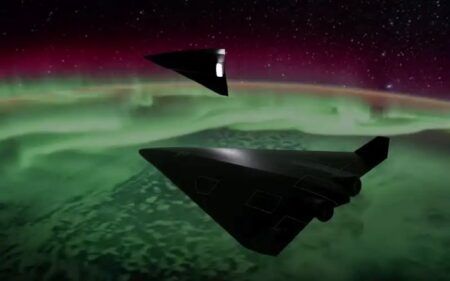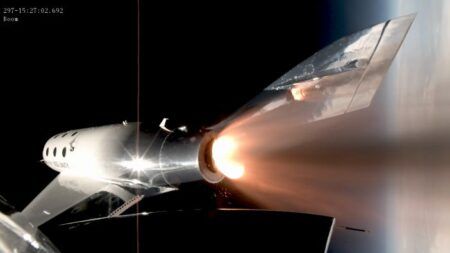An unmanned mission, powered by a SpaceX Falcon 9 rocket, accomplished its primary goal of carrying the Jason-3 satellite into low orbit. But the secondary goal — a test to land the booster section of the rocket upright on a floating platform — ended in a fiery explosion on Sunday, January 17, 2016. (See video here).
SpaceX CEO Elon Musk posted a video online showing the rocket setting down softly on a platform in the Pacific Ocean but then toppling over and exploding on impact. Subject to an investigation, the company believes one of the landing legs failed to latch.
“Root cause may have been ice buildup due to condensation from heavy fog at liftoff,” Musk said in his post, with SpaceX later adding, “After further data review, stage landed softly but leg 3 didn’t lockout. Was within 1.3m of drone ship [barge] center.”
Sunday’s launch from Vandenberg Air Force Base in California, USA, was the fourth attempt by Elon Musk’s SpaceX to safely land a rocket at sea. One of the Falcon 9 rockets touched down successfully on land after a launch from Florida’s Cape Canaveral Air Force Station in December last year. That successful test landing came shortly after Blue Origin — led by Amazon founder Jeff Bezos — also landed a rocket upright on land, although this booster and rocket did not reach orbit nor carry a payload, and reached a much lower altitude before returning to earth.
Boosters are expensive and the SpaceX ones cost between US$60m and US$90m. Reusing them would significantly reduce space travel costs.
This was the final launch (and landing test/attempt) for the older-model Falcon 9 rockets such as the one used in this mission. The new models have more thrust and also stronger legs which may prevent the toppling.
January 21, 2016




